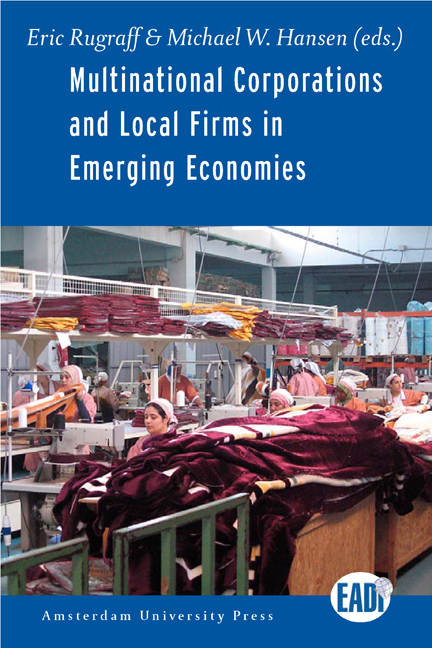9 - Is Attracting Foreign Direct Investment the only Route to Industrial Development in an era of Globalization? The Case of the Clothing and Textiles Sector in South Africa
Published online by Cambridge University Press: 19 January 2021
Summary
Introduction
Staying competitive in the global economy in the present era is highly challenging. While some nations, industries and firms successfully manage this, others struggle; still others have difficulties in competing at all. The South African government is ranked as a leader in Africa, capable and well resourced, with in- and outbound levels of foreign direct investment (FDI) among the highest on the continent. The South African textiles and clothing industry is also well established, diverse and experienced. Nevertheless, both government and industry have been struggling to meet the challenges of global competition since the coming of democracy in South Africa in 1994, and FDI into the industry has been far behind the levels of other African countries (Lesotho, Mauritius, Kenya), not to mention Asian countries such as China and India. Major changes in the external environment have taken place since 1994 which have clearly had an impact on the industry's development. Asian firms, and particularly those operating in China, have become dominant over the last 10-15 years, aggravated by the termination of the Agreement on Textiles and Clothing (ATC), and as such, the Multi-Fibre Agreement (MFA), which until its discontinuation had ensured a system of quotas among textiles and clothing producing countries until the end of 2004. Finally, in 2000 the African Growth and Opportunities Act (AGOA) allowed among other things, preferential access to African clothing producers entering the US market. This was, however, subject to certain conditions, resulting in South African firms struggling to take advantage of this agreement.
The South African state, both prior to and after 1994, has had an active and rather controlling role in the industrial development of the sector. While the state played a major role in building the textiles and clothing industry from the 1930s to its peak in the 1980s, it has also been party to the downturn it has experienced since. The South African textiles and clothing industry had grown to a consid erable size by the mid-1980s, employing approximately 300,000 persons ( Joffe et al., 1995). Since then, the South African firms have been on a steep learning curve, having been forced to reconsider their business strategies and embark on development trajectories quite distinct from those traversed previously.
- Type
- Chapter
- Information
- Multinational Corporations and Local Firms in Emerging Economies , pp. 231 - 266Publisher: Amsterdam University PressPrint publication year: 2011

